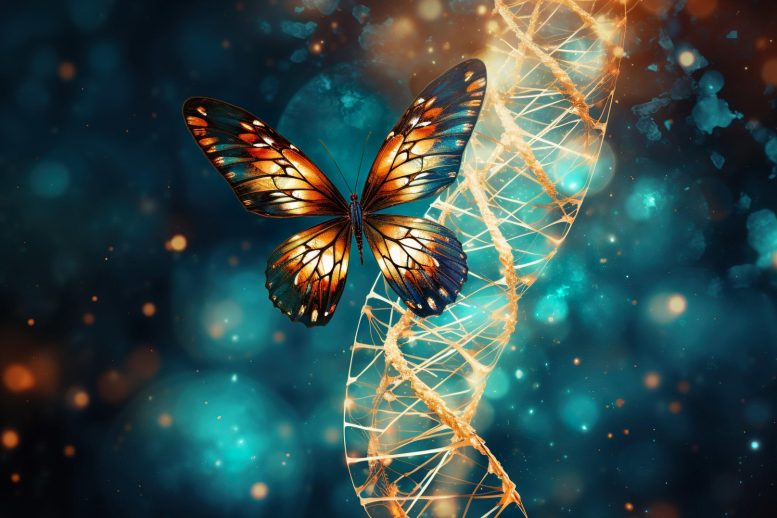
New research reveals that butterflies, moths, and aquatic caddisflies share DNA “blocks” dating back over 200 million years, identified through a tool developed by scientists at universities in the UK, Germany, and Japan. This discovery, which illustrates the linkage and evolution of chromosomes among these species, not only sheds light on their genetic history but also potentially aids in the study of chromosome evolution in other organisms.
New research indicates that butterflies and moths share “blocks” of DNA dating back more than 200 million years.
Researchers from the Universities of Exeter (UK), Lübeck (Germany), and Iwate (Japan) developed a method to analyze the chromosomes of various butterflies and moths.
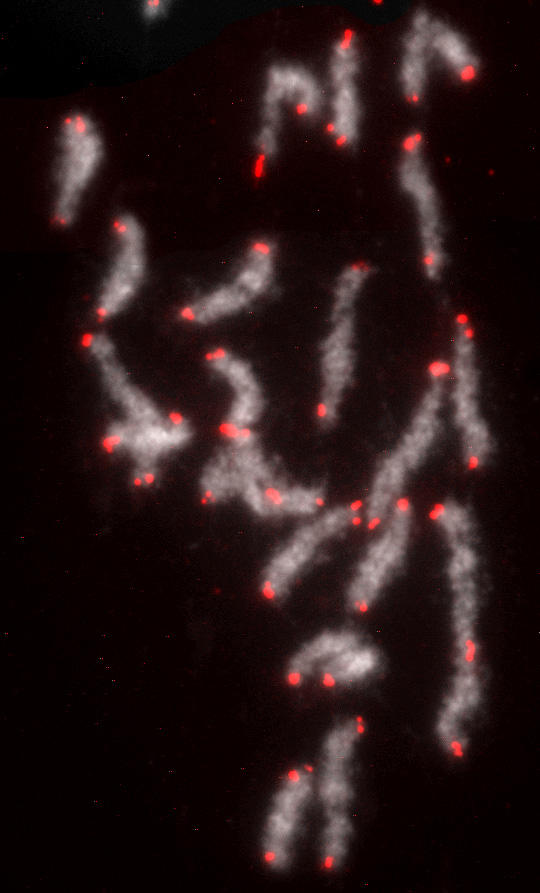
The chromosomes of the African Monarch butterfly. The red dots highlight the ends of each chromosome using a DNA probe linked to a fluorescent reporter. Credit: University of Exeter
They found blocks of chromosomes that exist in all moth and butterfly species, and also in Trichoptera – aquatic caddisflies that shared a common ancestor with moths and butterflies some 230 million years ago.
Moths and butterflies (collectively called Lepidoptera) have widely varying numbers of chromosomes – from 30 to 300 – but the study’s findings show remarkable evidence of shared blocks of homology (similar structure) going back through time.
“DNA is compacted into individual particles or chromosomes that form the basic units of inheritance,” said Professor Richard ffrench-Constant, from the Centre for Ecology and Conservation on Exeter’s Penryn Campus in Cornwall.
“If genes are on the same ‘string’, or chromosome, they tend to be inherited together and are therefore ‘linked’.
“However, different animals and plants have widely different numbers of chromosomes, so we cannot easily tell which chromosomes are related to which.
“This becomes a major problem when chromosome numbers vary widely – as they do in the Lepidoptera.
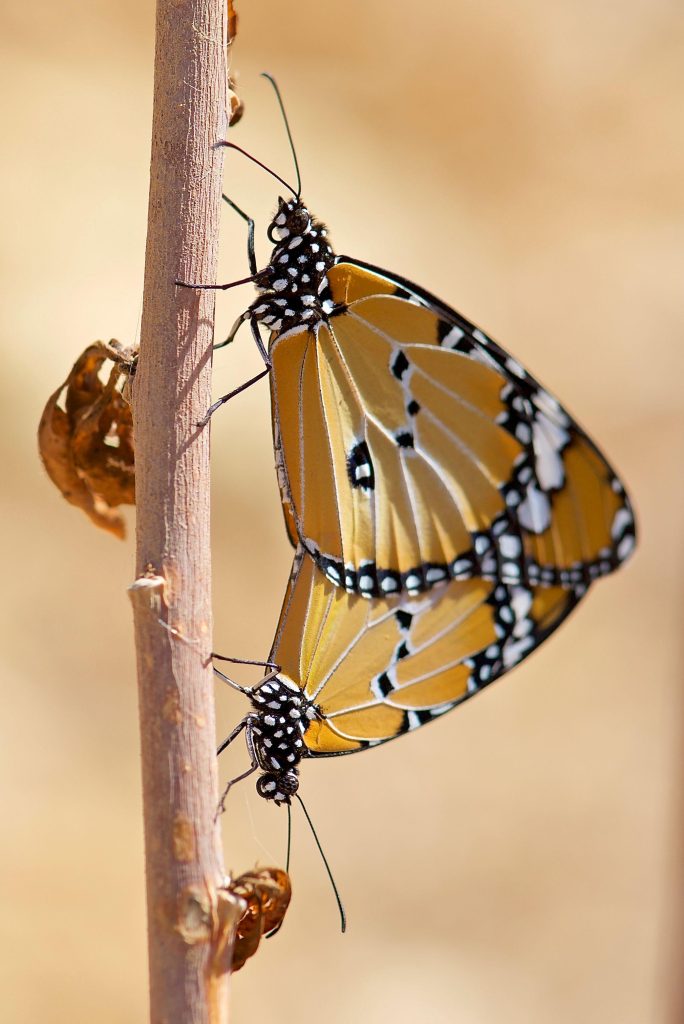
A male and female African monarch mating. Credit: University of Exeter
“We developed a simple technique that looks at the similarity of blocks of genes on each chromosome and thus gives us a true picture of how they change as different species evolve.
“We found 30 basic units of ‘synteny’ (literally meaning ‘on the same string’ where the string is DNA) that exist in all butterflies and moths, and go back all the way to their sister group the caddisflies or Trichoptera.”
Butterflies are often seen as key indicators of conservation, and many species worldwide are declining due to human activity.
However, this study shows that they are also useful models for the study of chromosome evolution.
The study improves scientific understanding of how moth and butterfly genes have evolved and, importantly, similar techniques may also provide insights about the evolution of chromosomes in other groups of animals or plants.
Reference: “Lepidopteran Synteny Units reveal deep chromosomal conservation in butterflies and moths” by Walther Traut, Ken Sahara and Richard H ffrench-Constant, 13 June 2023, G3: Genes, Genomes, Genetics.
DOI: 10.1093/g3journal/jkad134



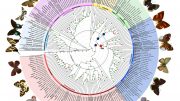

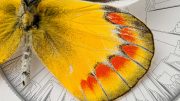
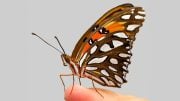


Be the first to comment on "New Research Reveals That Butterflies and Moths Share Ancient “Blocks” of DNA"